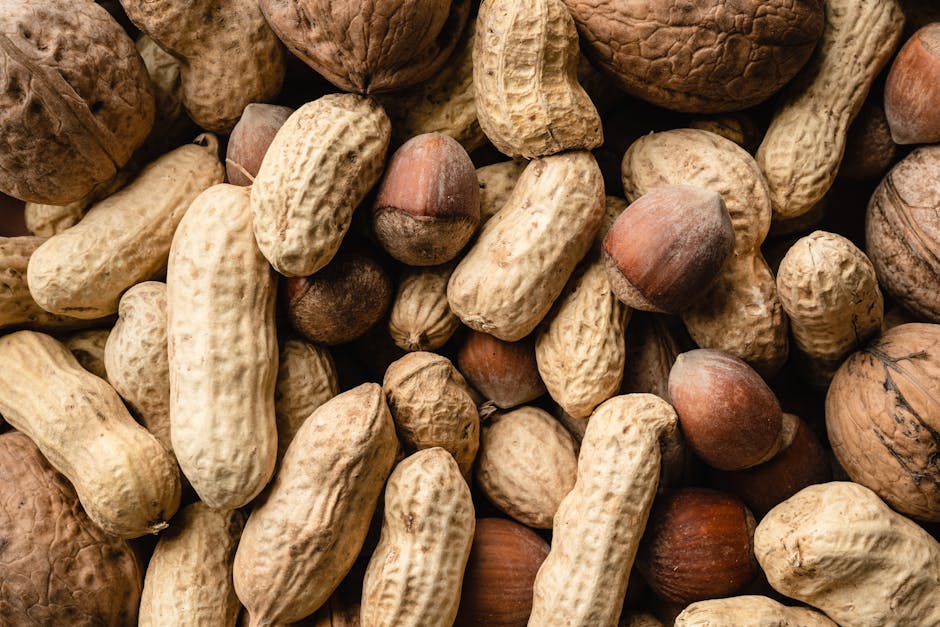Introduction
Food sensitivities can be a real drag, causing everything from bloating and fatigue to skin problems and digestive issues. Finding a diet that helps manage these sensitivities without sacrificing flavor or variety can feel like an impossible task. That’s where the Paleo diet comes in. This article explores why the Paleo diet is an excellent choice for individuals seeking to identify and manage food sensitivities while still enjoying delicious and diverse meals.
The Paleo Diet and Food Sensitivities: A Winning Combination
Understanding the Principles of the Paleo Diet
The Paleo diet, also known as the “caveman diet,” focuses on foods that our hunter-gatherer ancestors likely consumed. This means prioritizing whole, unprocessed foods and eliminating those that were introduced later with the advent of agriculture. The core principles include:
- Emphasis on Whole Foods: Lean meats, fish, fruits, vegetables, nuts, and seeds form the foundation.
- Elimination of Processed Foods: Packaged snacks, sugary drinks, and refined grains are off the menu.
- Dairy Restriction: Most versions of the Paleo diet limit or exclude dairy products.
- Legume Avoidance: Beans, lentils, and other legumes are typically excluded.
- Grain Exclusion: Wheat, rice, corn, and other grains are avoided.
How the Paleo Diet Helps Manage Food Sensitivities
The Paleo diet’s focus on whole foods and elimination of common allergens makes it particularly well-suited for managing food sensitivities. By removing potential triggers, you can begin to identify the specific foods causing your symptoms. Here’s how:
- Elimination Phase: The initial phase involves strictly adhering to the Paleo diet to reduce inflammation and allow your body to heal.
- Reintroduction Phase: After a period of elimination (typically 30-60 days), you can slowly reintroduce foods one at a time, carefully monitoring for any adverse reactions.
- Identification and Management: By meticulously tracking your symptoms, you can pinpoint the foods that trigger your sensitivities and create a personalized dietary plan that excludes them.
Flavor and Variety: Paleo Doesn’t Mean Boring
Contrary to popular belief, the Paleo diet is far from restrictive or bland. With a little creativity, you can enjoy a wide range of delicious and satisfying meals. Consider these options:
- Meat and Seafood: Explore different cuts of meat, various types of fish, and shellfish. Experiment with different cooking methods like grilling, baking, and stir-frying.
- Fruits and Vegetables: The Paleo diet encourages a colorful array of fruits and vegetables, providing essential vitamins, minerals, and fiber.
- Healthy Fats: Avocado, coconut oil, olive oil, nuts, and seeds add flavor and texture to your meals while providing healthy fats.
- Creative Recipes: There are countless Paleo-friendly recipes available online and in cookbooks, ranging from simple weeknight meals to gourmet creations.
Addressing Common Concerns about the Paleo Diet
- Nutrient Deficiencies: Concerns about potential nutrient deficiencies, particularly calcium and vitamin D (due to dairy restriction), can be addressed through careful meal planning and supplementation if necessary.
- Sustainability: Opt for sustainably sourced meat and seafood to minimize the environmental impact.
- Cost: While some Paleo-friendly foods can be more expensive, focusing on seasonal produce and buying in bulk can help reduce costs.
Conclusion
The Paleo diet offers a powerful approach to managing food sensitivities without compromising on flavor or variety. By prioritizing whole foods, eliminating common allergens, and embracing creative cooking, you can identify trigger foods, reduce inflammation, and enjoy a delicious and nourishing way of eating. Remember to consult with a healthcare professional or registered dietitian before making any significant dietary changes to ensure the Paleo diet is right for you and to address any potential nutrient deficiencies.
